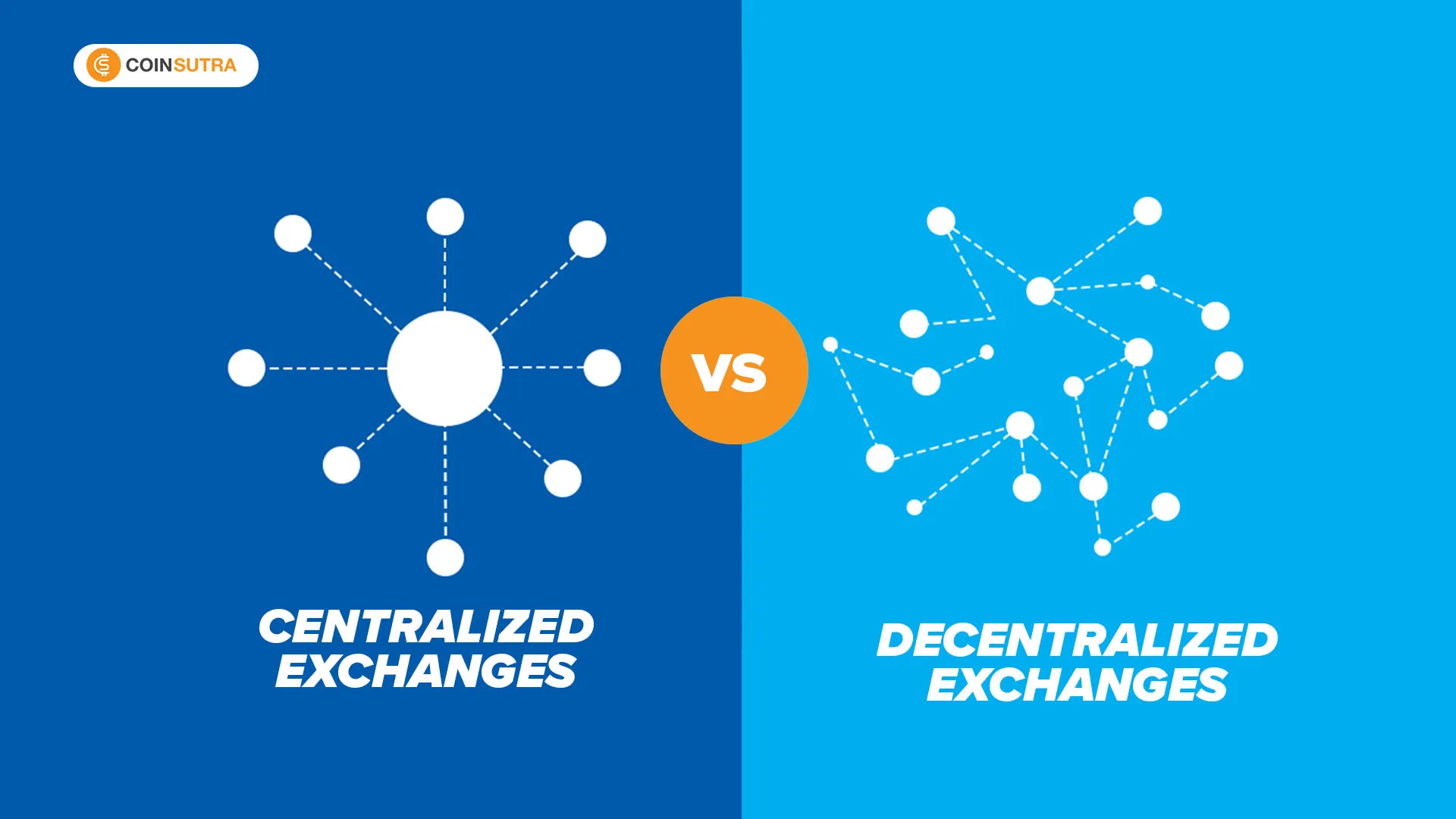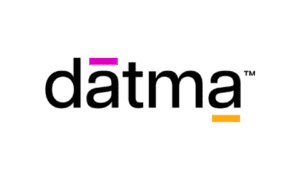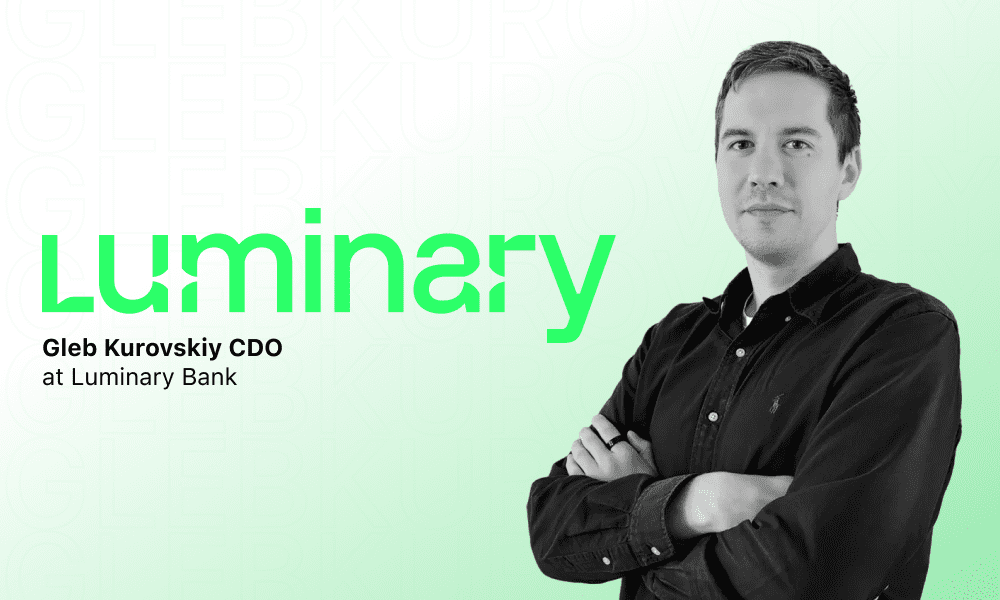For years, centralized exchanges were the only option for trading. They offered convenience, speed, and a familiar interface. But things have changed. Users are no longer comfortable handing over full control of their assets to a single platform — especially after seeing major platforms collapse, freeze accounts, or disappear overnight.
That’s why the shift toward decentralized trading is speeding up. People want more control, more security, and more transparency. And decentralized platforms are delivering just that — without the middlemen.
In this guide, you’ll know why users are moving away from centralized platforms and how decentralized trading is quickly becoming the future.
Why People Are Moving Away from Centralized Trading
Centralized trading platforms are managed by companies. That means you trust them with your money. But several problems have shown why this trust can be risky.
According to Azamat Kalam, CPO of PIVEX, “We’re seeing a critical mass of traders abandoning centralized platforms not out of ideology, but practicality. Self-custody, lower fees, and smart contract flexibility are no longer niche perks — they’re becoming standard expectations. Our goal at Pivex is to make that transition seamless without compromising on performance or security.”
Loss of Control Over Funds
One of the biggest problems with centralized trading platforms is that users don’t actually hold their own possesion. When you deposit your digital assets into a centralized exchange, the platform takes control of them. You’re trusting the company to keep your funds safe and available — but in reality, you don’t have full ownership anymore.
If something goes wrong on the platform — like a system failure, hack, or legal issue — your assets can be frozen, delayed, or even lost completely. In some extreme cases, exchanges have shut down overnight, leaving users locked out of their accounts with no way to get their funds back.
Hacking and Security Issues
Centralized exchanges are popular targets for hackers because they hold huge amounts of crypto in one place. Since all user funds are stored together on the exchange’s servers, it creates a single point of failure. If hackers break into the system, they can steal millions — and in some cases, even billions — of dollars in digital assets.
Even if an exchange has strong security, no system is 100% safe. The more value a platform holds, the more appealing it becomes to hackers. That’s why many users are shifting to decentralized trading — where assets remain in personal control, not stored in a single vulnerable system.
Mismanagement and Scandals
Many centralized exchanges have faced serious problems due to poor management and lack of transparency. In some cases, platforms have used customer funds for risky investments without permission. Others have collapsed because of financial missteps or fraud.
The fall of FTX is a major example. Once seen as one of the top crypto exchanges, it suddenly collapsed after misusing billions in user funds — leaving millions of people with nothing.
Frozen Accounts and Withdrawal Limits
Sometimes, centralized exchanges block users from accessing their own money. They can freeze accounts without warning, often due to internal checks, technical issues, or compliance with government regulations.
Withdrawals may be delayed for hours or even days, which is especially frustrating during emergencies or fast market changes. Many users have experienced being unable to move their funds when they needed them most — and this lack of access has caused trust to decline.
Regulatory Pressure and Shutdowns
Across the world, governments are increasing regulation on centralized exchanges. This includes stricter licensing rules, reporting requirements, and legal limits on what services can be offered.
As a result, some exchanges have shut down entirely or stopped serving users in certain countries. For users, this creates fear and uncertainty. One day a platform may be running smoothly, and the next it could be banned or forced to suspend operations — leaving users scrambling to secure their assets.
Lack of Transparency
Most centralized platforms operate like a black box. Users deposit money, but they don’t know how it’s being stored, used, or moved behind the scenes. The platform may claim to hold assets safely, but there’s usually no way to verify it.
This lack of openness becomes a big issue during times of crisis — when users want to know if their money is really there. In contrast, decentralized platforms often run on public blockchains, where transactions can be verified by anyone.
High Fees and Unfair Charges
Centralized exchanges often charge more than people realize. While the trading fee might seem low, users end up paying through hidden charges — like wide spreads, poor exchange rates, or unexpected withdrawal fees. These costs can build up over time, especially if you’re trading often or moving large amounts of money.
In busy market periods, some platforms also raise fees or delay withdrawals, making things worse. For regular users, these extra charges can make trading more expensive than expected.
What Makes Decentralized Trading a Better Option
Here’s why more people are switching to decentralized platforms:
Full Ownership of Funds
With decentralized exchanges (DEXs), you remain the sole owner of your crypto at all times. Your funds stay safely in your personal wallet — not in the hands of a third party. You only connect your wallet to the DEX when you’re ready to trade, and once the transaction is done, your crypto goes right back to your wallet.
This means no one can freeze your account, hold your money, or move it without your permission. After years of centralized platforms blocking or limiting withdrawals, this kind of full ownership is a huge advantage.
Safer from Hacks
Centralized exchanges are like big vaults full of money — tempting targets for hackers. But DEXs don’t store everyone’s assets in one place. Instead, each user keeps their funds in their own wallet, and trades happen directly between wallets.
This makes large-scale hacking much harder. Even if a DEX’s website is compromised, there’s no central pot of money to steal from. In fact, studies show that more than 90% of major crypto thefts have happened through centralized platforms.
No Need for Personal Information
Most decentralized platforms don’t ask you for your name, ID card, or phone number. You just connect your wallet — and start trading. This makes it easier for people in countries with strict regulations or weak banking systems to join the market without needing approval from a central authority.
It also keeps your privacy safe. With centralized platforms, your personal data is stored in databases that can be hacked, leaked, or sold. DEXs avoid this completely.
Transparent and Open Source
Every trade made on a DEX happens on the blockchain, where it can be publicly seen and verified. There are no secret trades, hidden fees, or surprise policies. Anyone can track their transaction or check a platform’s activity in real time, says Julian Merrick, Founder of SuperTrader.
In addition to that, many DEXs publish their entire source code — meaning developers and users alike can review it. This level of transparency builds trust.
No Shutdown Risk
Centralized exchanges are controlled by companies. If a government bans them or the company shuts down, users suddenly lose access. But DEXs are run on decentralized networks and smart contracts. This means they don’t rely on a single company or server.
Even if one front-end (the website you use to access the DEX) goes offline, others can pop up and connect to the same smart contracts. In short: DEXs are nearly impossible to shut down. The trading continues — 24/7 — no matter what’s happening with politics, regulation, or internet blocks.
Low Fees on Modern Blockchains
Today’s DEXs operate on faster, cheaper networks like Arbitrum, Optimism, Polygon, and Solana. These blockchains reduce trading costs to just a few cents and speed up transactions to near-instant. This makes decentralized trading affordable, even for small transfers, without sacrificing speed or reliability.
Thanks to these cheaper and faster networks, decentralized trading is now easier and more affordable for everyone, not just big investors.
Tools and Features Are Improving
Decentralized platforms now offer advanced tools like limit orders, liquidity pools, and even cross-chain swaps. These features give users more control over their trades, similar to what centralized exchanges offer, says Julian Lloyd Jones, from Casual Fitters.
As a result, DEXs are becoming just as functional — and sometimes even more flexible — than traditional platforms.
Better User Education
With more videos, guides, and online communities, learning how to use wallets and DEXs is easier than ever. Beginners can now quickly understand how to trade safely and protect their assets. This growing awareness is helping more people feel confident moving away from centralized platforms.
Final Thoughts
The shift from centralized to decentralized trading is speeding up — and for good reason. People are losing trust in centralized exchanges due to security breaches, frozen accounts, high fees, and lack of transparency. The fear of losing access to funds or being caught in a platform collapse is pushing users to find better alternatives.
At the same time, decentralized trading is becoming more practical and appealing. With full control over funds, fewer security risks, lower fees, and no need for personal information, DEXs offer exactly what many users are looking for.
Read More From Techbullion



































